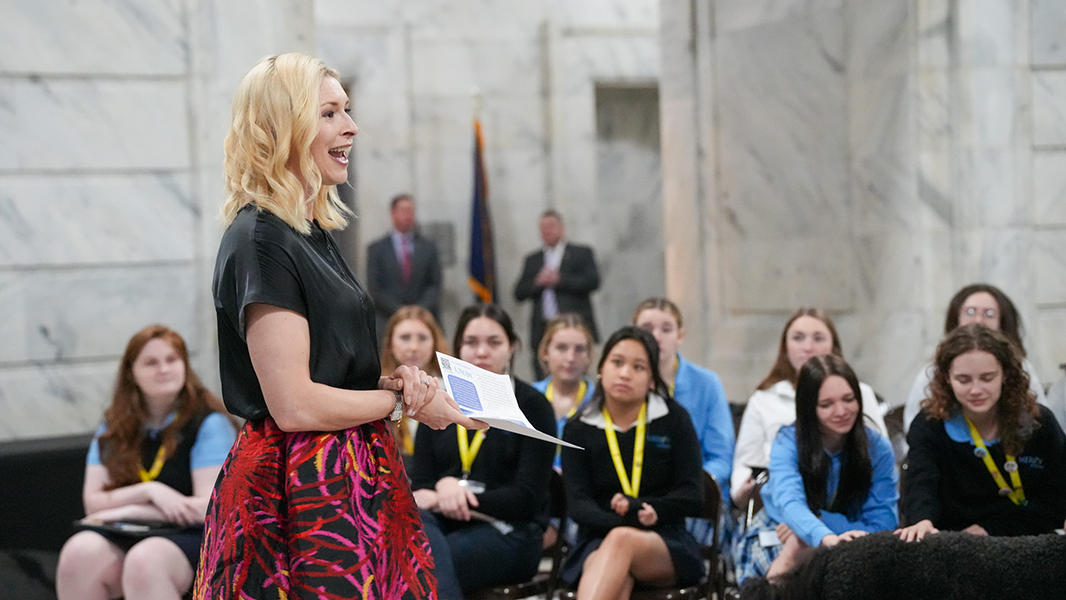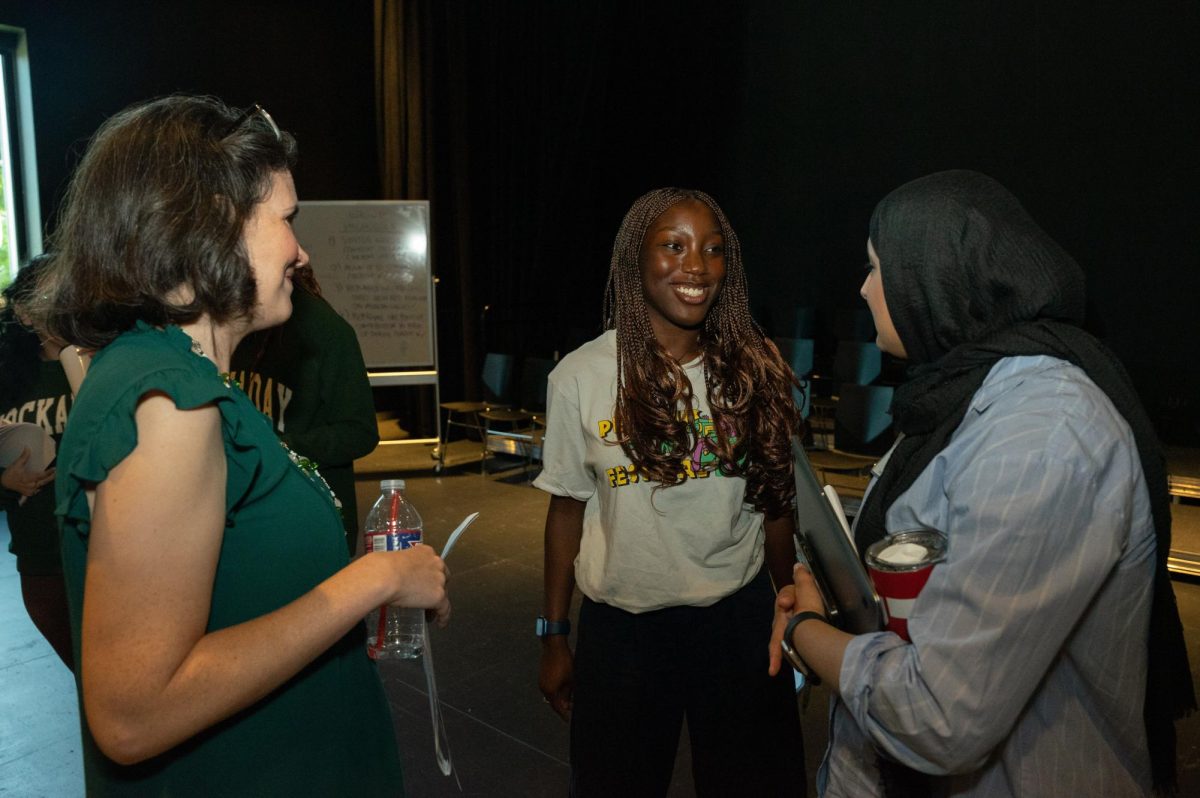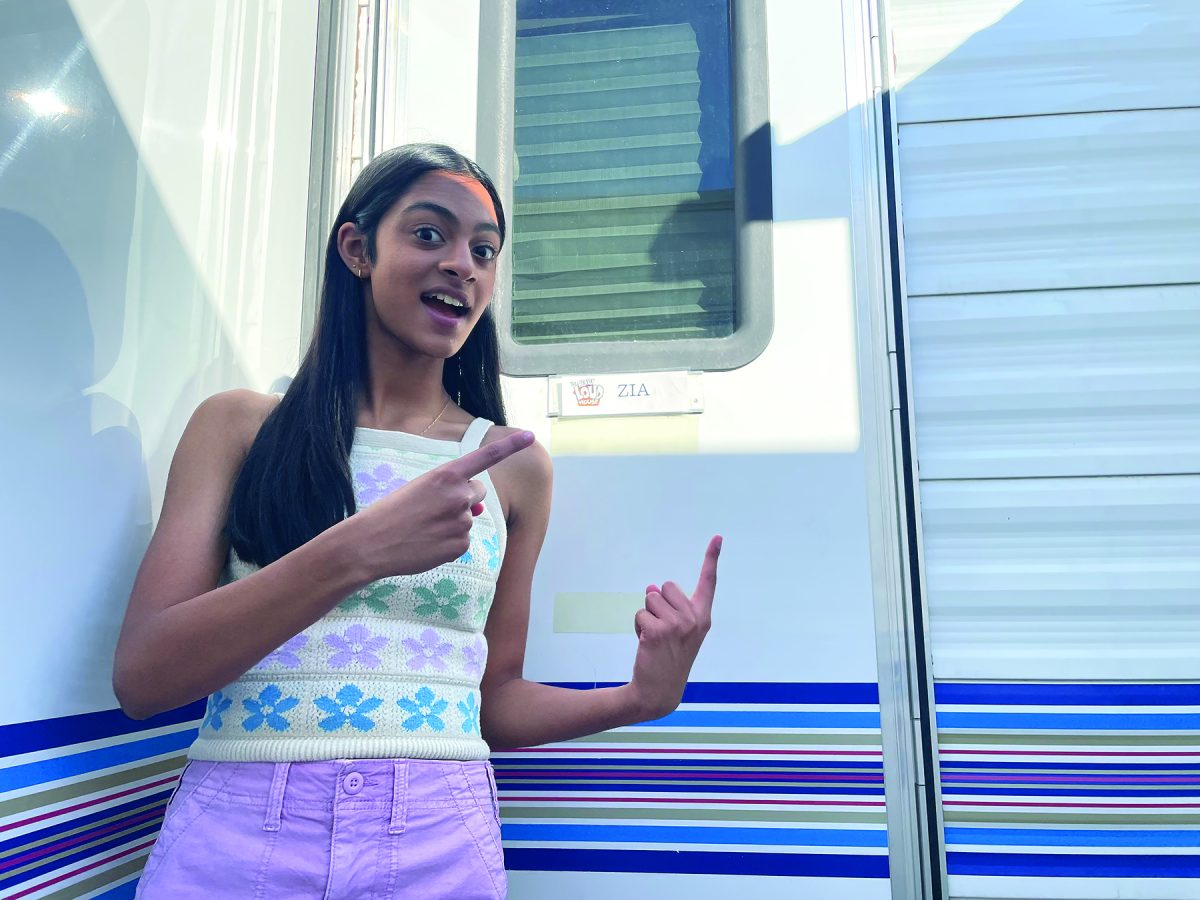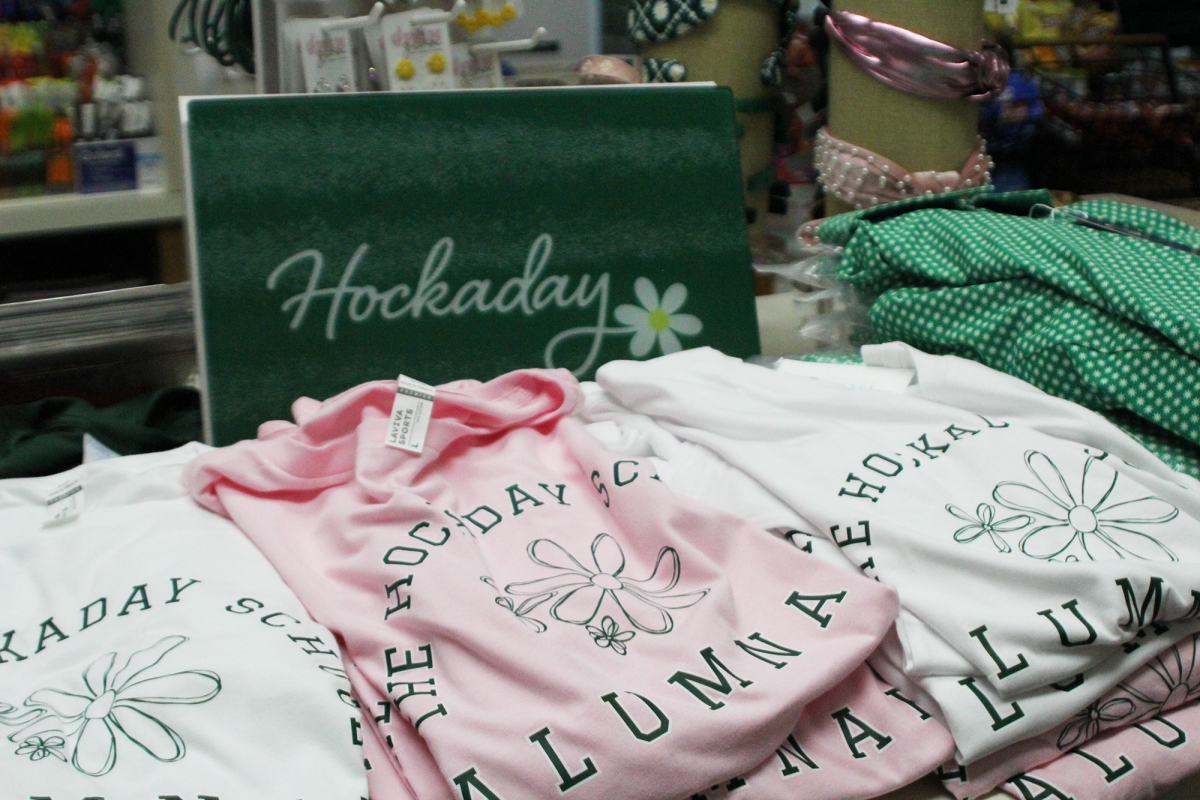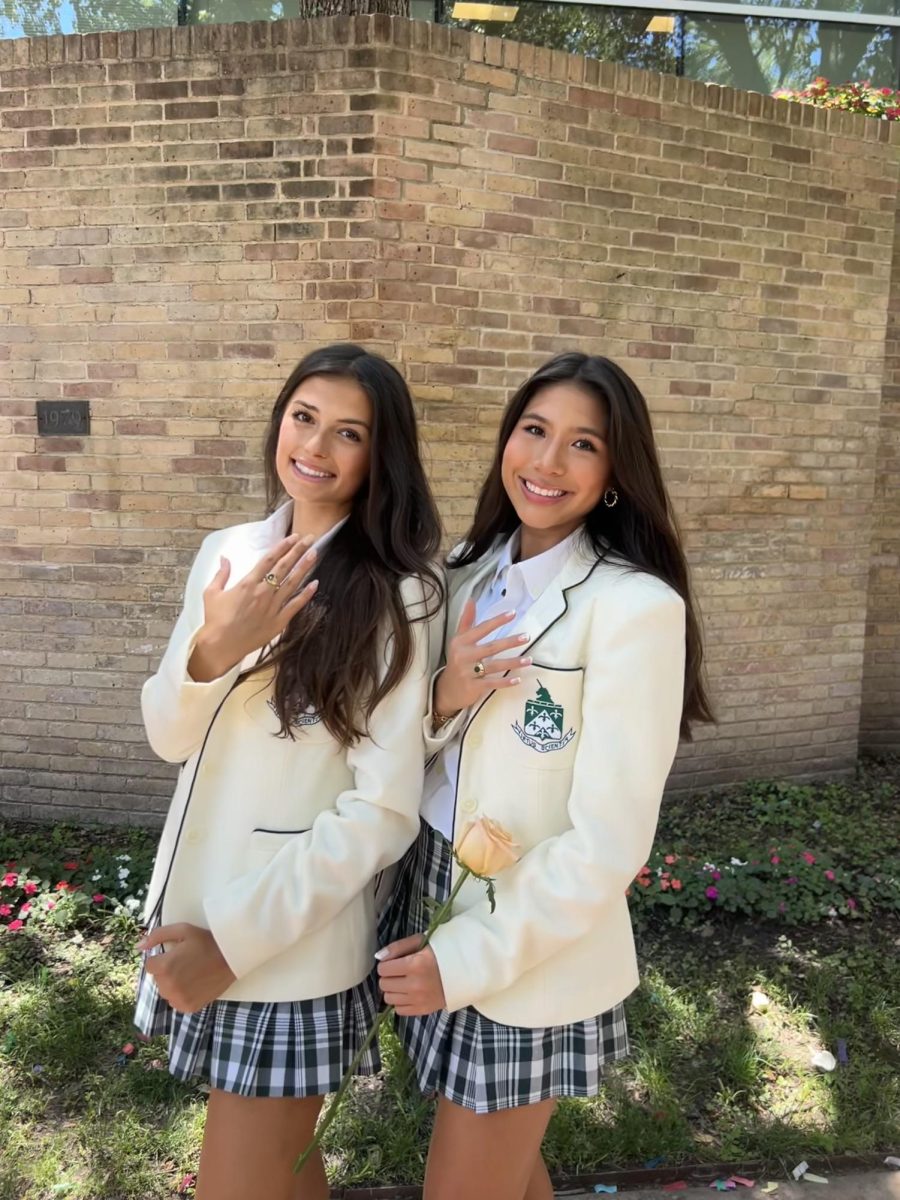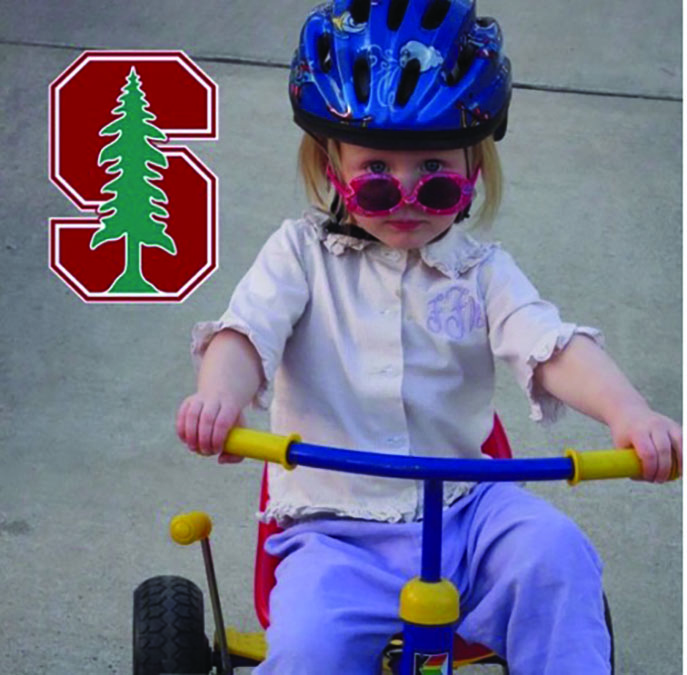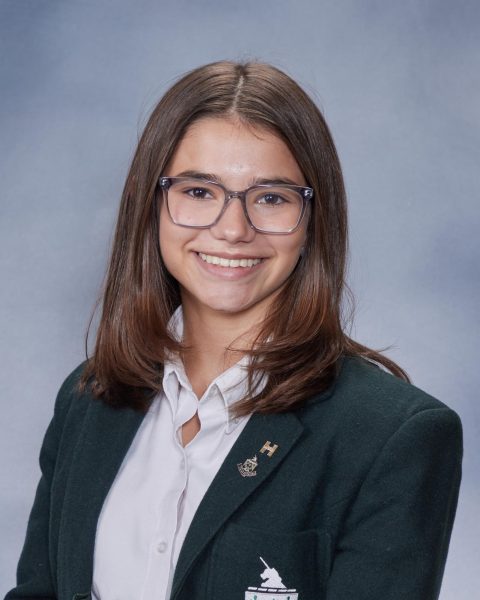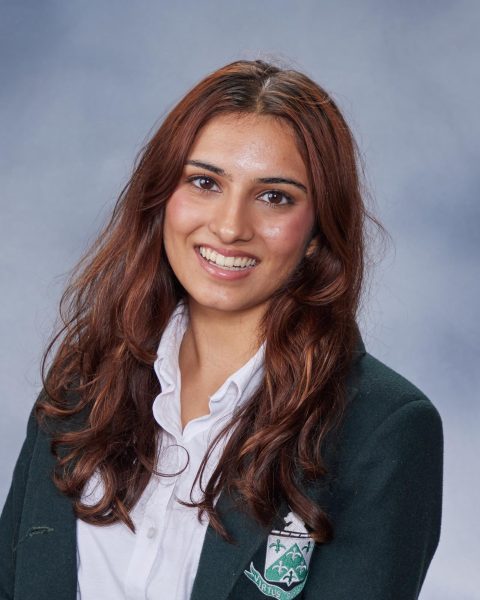In the past few months, both the Republican and Democratic National Conventions have played host to thousands of delegates, candidates and other influential guests. Both presidential candidates hope to sway one particularly large new voting block: young voters and, specifically, Gen-Z.
According to Tufts Center for Information and Research on Civic Life (CIRCLE), 41 million Gen-Z members will be eligible to vote in the November election, more than half of them minorities. Not only are there more Gen-Z voters than ever before, Gen-Z also votes at higher rates than previous generations at the same age.
Britainy Beshear, the First Lady of Kentucky, is a longtime advocate for youth engagement and frequently works to empower some of Kentucky’s most under-served children.
“What I’ve seen is that the younger generation understands what happens when you don’t vote,” Beshear said. “And so when I talk to kids and young adults in high school, I think people are a lot more dialed in than they used to be.”
Upper School government and economics teacher Kristen Blevins has seen anecdotal evidence that young voter turnout has increased in recent years. She also believes there are substantial differences between Gen-Z and previous generations.
“The younger generation is much more diverse, in many different ways,” Blevins said. “I think those different voices could be really impactful.”
Beshear often volunteers at Kentucky schools where she talks with students.
“It is always important to look to our younger generations and let them know that they have a voice and that their voice is important in our country and our political landscape,” Beshear said.
Social media has also been an increasingly popular way for young voters to interact with
candidates and campaign platforms. Kamala Harris has gone viral on TikTok in conjunction with Charlie XCX’s Brat album.
Beshear thinks that Harris’ platform works twofold: not only does it draw in younger voters, but Beshear says that it will spark the interest of older voting blocks.
“Some older people will think: ‘oh, that’s really cute’ and then will need to know more,” Beshear said. “So I think it helps draw people in to kind of have those kinds of clickbait moments.”
Meanwhile, Donald Trump frequents social media platforms like Truth Social. However, Blevins does not think that higher social media engagement always correlates with higher voter turnout.
“No matter how much engagement there is on social media, it doesn’t make a difference if people don’t vote,” Blevins said.
Voters should keep in mind another issue regarding the use of social media to engage with elections: misinformation.
“Being cognizant of where you’re hearing things or seeing things on social media is more important now than ever,” Blevins said.
Social media algorithms revolve around content being “personalized” to users, which can become dangerous when used to share biased news or information.
“You can get yourself in a sort of echo chamber of people who only address one side,” Blevins said.
Beshear echoed that sentiment, noting that many voters do not diversify their news sources.
“It’s hard to find accurate information because most people just go to a website or a news channel that tells them the things that they already think, and so you’re only backing up the things that you already believe,” Beshear said.
Beshear thinks the best way to make your vote count is to vet candidates on both sides of the aisle.
“Every candidate out there is going to have things you agree with and things that you disagree with, but what’s important is that you find the candidate whose moral integrity most lines up with yours,” Beshear said.
While national elections usually center around more engaging and well-known issues, Blevins thinks that local elections have a larger impact on everyday life.
“We hear a lot about national elections and even some of the big statewide races, but you might not be as familiar with local elections and what’s actually on your ballot,” Blevins said.
Blevins recommends visiting dallascountyvotes.org, if you are a resident of Dallas County, to see a sample ballot. This will help voters research their candidates before going to the polls.
Laura Laywell, Assistant Director at the Institute for Social Impact, also recommends that students look at the resources offered by the Close Up Foundation, a national organization that partners with schools around the country to educate and encourage students to participate in civic affairs and government.
“I think it’s an excellent resource for young voters, specifically, because there’s so much information about what voting is and how it looks when you’re new,” Laywell said. “If you’ve never done it, sometimes that can be intimidating.”
For those who are not yet eligible to vote, Blevins recommends finding engagement opportunities that speak to you.
“Volunteering for a campaign might look like phone banking, text banking or block walking to get the word out about local races,” Blevins said. “If you aren’t necessarily passionate about a campaign, there are different interest groups that are more concerned about specific issues that will be influential in the election.”
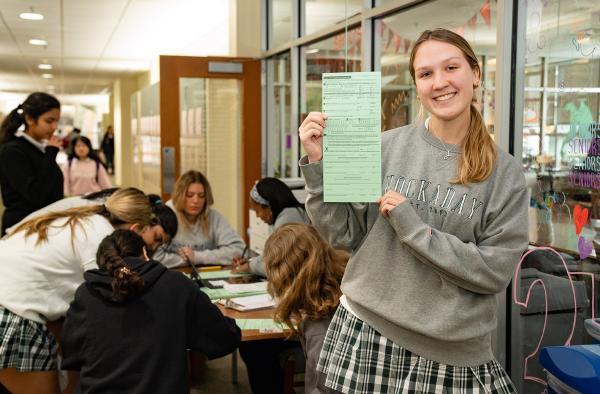
Upper School Counselor Ashley Ferguson also holds a drive every year to help students register to vote. This year the drive is Oct. 3 from 12:30 p.m. to 2 p.m.
“If younger voters would go out and vote, the world would be the way that we all know it can be,” Beshear says. “As there are more people coming up in politics who are young don’t want to get into the divisive politics that have become the norm in our country, I’m hoping that will help energize young voters to get out and vote.”



